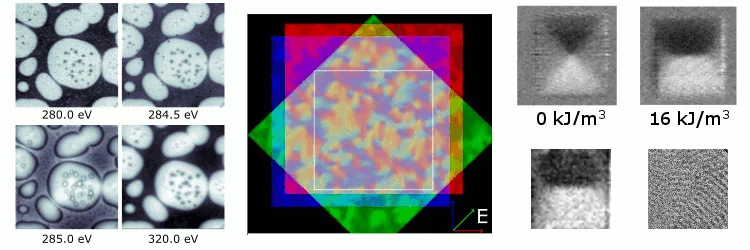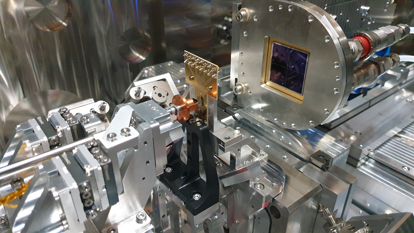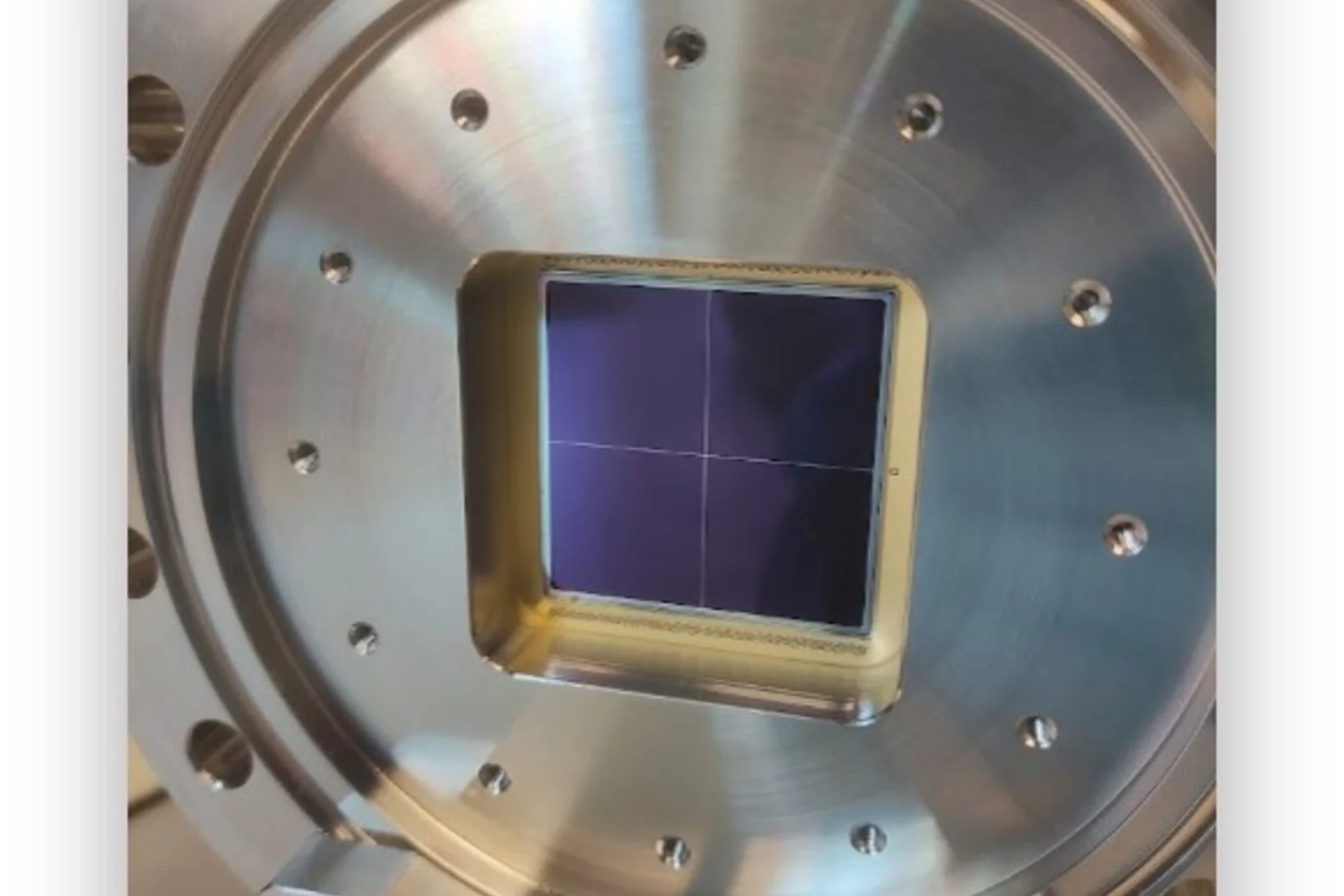The Microspectroscopy Group has a long experience in synchrotron based hyperspectral imaging for a wide variety of materials and involving many different scientific disciplines. In particular we study the nanostructures of novel organic materials and the magnetic properties of thin films and multilayers employing a combination of X-ray microscopy and spectroscopy. We operate two beamlines at the SLS, PolLux and ISS. At these beamlines we perform our research and provide support for external users.
Recent Scientific Highlights and News:
SOPHIE - A new endstation for high-resolution soft X-ray ptychography
A new PSI-designed and built soft X-ray ptychography endstation, SOPHIE, has been successfully commissioned. Routine sub-5nm imaging was demonstrated.
Single-Photon-Counting Detection for Soft X-rays Down to 530 eV
The PSI Photon Science Detector Group has developed the first single-photon-counting pixel detector capable of detecting soft X-rays down to 530 eV. This breakthrough was achieved by combining EIGER readout chips with novel inverse LGAD sensors, developed in collaboration with and fabricated at Fondazione Bruno Kessler (Italy). The detector is now in user operation for ptychographic applications, where it has already enabled significant scientific results at the Fe L₃-edge (707 eV) and even at the O K-edge (530 eV), demonstrating superior detection performance compared to commercially available state-of-the-art detectors.
First magnetic image at PolLux with SLS 2.0
First magnetic image acquired at the PolLux beamline of the SLS 2.0 DLSR source



